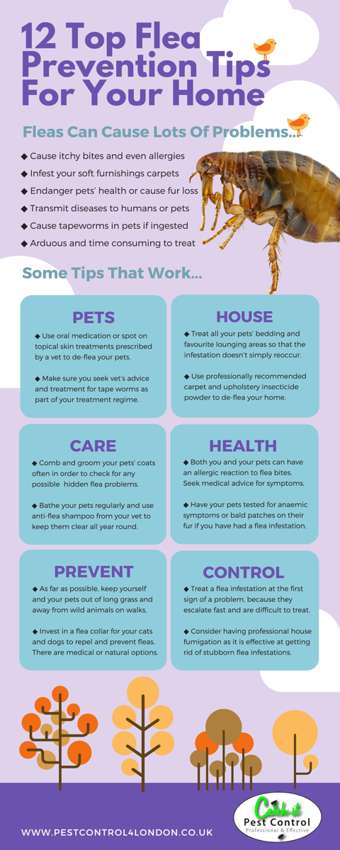Taking Care Of Rodent Infestations: Insights Into Rodent Psychology
Taking Care Of Rodent Infestations: Insights Into Rodent Psychology
Blog Article
Personnel Writer-Broussard Refsgaard
When it pertains to rodent control, understanding common rodent behavior is essential to properly managing problems. Did you know that rodents have some remarkable nesting behaviors that might stun you? By discovering their intricate behaviors, you can gain important insights into exactly how to take on rodent issues in an extra tactical and effective manner. So, allow's unwind the secrets behind these animals' activities and discover exactly how to outsmart them in your rodent control initiatives.
Rat Nesting Behaviors
When observing rats in their all-natural habitat, you'll see that they actively choose materials to build their nests. Rats, such as computer mice and rats, are clever creatures that use a selection of products like branches, leaves, paper, and fabric to construct their homes. They're thorough in their nest-building procedure, frequently lining their nests with softer materials like fur or plumes to produce a cozy setting.
Rodents favor to construct their nests in covert and secure areas to secure themselves and their young from predators. just click the up coming internet site nesting spots include wall dental caries, attics, basements, and even within insulation materials. By creating their nests in these remote locations, rats can safely raise their spawn away from prospective dangers.
It is important to understand the nesting practices of rats when applying control measures. By interrupting their nests or getting rid of products, you can discourage rodents from developing a visibility in your home or home. Correct cleanliness and sealing off access factors are likewise vital action in stopping rodent infestations.
Rat Feeding Patterns
After observing rodents' nesting practices, it becomes apparent that their feeding patterns play an important function in their lives and behaviors. Rodents, including mice and rats, are opportunistic feeders, indicating they'll consume whatever food resource is easily offered. They're primarily nocturnal creatures, choosing to forage for food during the cover of evening to stay clear of predators.
Rats have a varied diet plan, ranging from grains, seeds, fruits, and vegetables to insects, nuts, and even tiny animals. This versatility in their food choices enables them to prosper in numerous settings, consisting of city areas where human food sources are plentiful.
Their feeding patterns aren't just driven by cravings yet likewise by the requirement to stock food for times of scarcity. This behavior is especially recognizable to prepare for winter season or when nesting. Rats are recognized to hoard food in their nests or burrows, making sure a consistent food supply. Recognizing their feeding patterns is important in applying efficient rodent control steps to disrupt their food resources and avoid problems.
Rat Activity and Traveling
Rats navigate their environments with agility and stealth, utilizing their eager senses to relocate quickly through their environments. These creatures are adept mountain climbers, able to range walls and upright surface areas effortlessly. They can additionally squeeze with remarkably tiny openings, making it important to seal off any type of prospective access points in your home.
When it comes to traveling, rats often tend to adhere to acquainted paths, creating trails along wall surfaces or skirting the edges of areas. They're creatures of habit, typically adhering to these established courses as they forage for food or explore their environments.
Rodents are understood for their nighttime behaviors, so you may hear them scurrying around at night as they search for food and water. Their motions are quick and erratic, enabling them to dart in and out of view in the blink of an eye.
Comprehending how rats move and take a trip can aid you identify possible infestation locations in your house and take positive steps to prevent these bugs from getting a footing.
Conclusion
As you function to manage rats in your home, remember that recognizing their habits is vital. By recognizing https://www.abc57.com/news/summers-spotlight-nonprofit-cares-for-wild-animals-in-need nesting routines, feeding patterns, and motion, you can properly stop infestations.
Together, by taking aggressive steps to eliminate food sources and seal entrance points, you can disrupt their acquainted courses and compel them to seek brand-new places, ultimately reducing the possibility of rodent existence in your living spaces.
